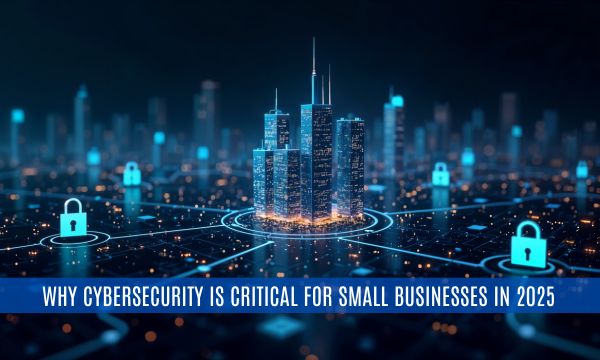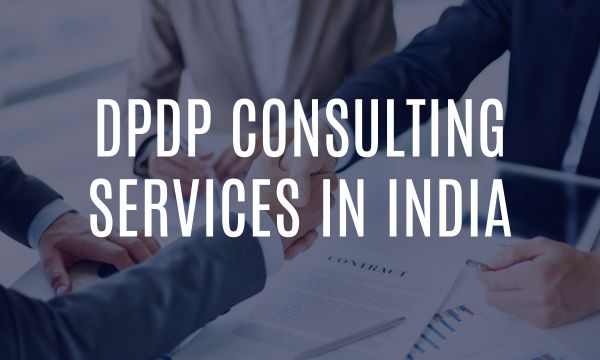
In an era where cyberattacks are becoming increasingly sophisticated and costly, safeguarding your SaaS organization’s infrastructure is more critical than ever. Did you know that in 2023, the global cost of cybercrime surged to a staggering $8.44 trillion? For SaaS companies, this threat is even more pronounced, as they manage sensitive customer data and often operate under stringent international compliance standards. According to a recent report, 43% of cyberattacks target small and medium-sized businesses, underscoring the vulnerability of smaller SaaS firms. With these daunting statistics, it’s clear that robust cybersecurity isn’t just a luxury—it's a necessity.
For many SaaS companies, particularly those operating on a tight budget, the challenge lies not only in implementing effective cybersecurity measures but also in doing so without overwhelming financial constraints. Fortunately, with a strategic approach and the right tools, even small-budget SaaS organizations can fortify their defences against evolving cyber threats. Here's how you can build a strong cybersecurity foundation without breaking the bank.
Building a Strong Cybersecurity Foundation: The Essentials
1. Data Encryption: Your First Line of Defense
Encryption is the cornerstone of data protection. It ensures that sensitive customer data remains confidential, even if intercepted. Start with encrypting data both in transit and at rest. This can often be accomplished through built-in encryption tools provided by your cloud service provider, which allows you to leverage existing security infrastructure without significant additional costs.
Implement TLS (Transport Layer Security) for data in transit and use AES-256 encryption for data at rest. These widely supported encryption standards are both effective and cost-efficient.
2. Access Management: Protect the Gates
Effective access management is crucial in preventing unauthorized access to sensitive information. Implementing Identity and Access Management (IAM) policies, including Multi-Factor Authentication (MFA) and Role-Based Access Control (RBAC), is one of the most cost-effective ways to enhance security. These measures ensure that only authorized individuals have access to critical systems and data.
Utilize free or low-cost IAM solutions like Google Authenticator or Authy to enable MFA. These tools provide an additional layer of security at minimal expense.
3. Regular Security Audits and Penetration Testing
Regular security testing is essential for identifying and addressing vulnerabilities before they can be exploited. Start with automated vulnerability scans and progress to more comprehensive penetration testing as resources allow. Affordable services are available to help you stay ahead of potential threats.
Leverage free tools like OWASP ZAP or low-cost services like Detectify to perform vulnerability scans and keep your systems secure.
Core Components for Budget-Conscious SaaS Security
1. Cloud Security Posture Management (CSPM)
CSPM tools automate the monitoring of your cloud environment, ensuring compliance and detecting misconfigurations that could expose your data. Cloud platforms such as AWS, Azure, and Google Cloud offer native CSPM tools at low or no cost, making it easier to maintain security without a hefty investment.
Utilize AWS Security Hub or Azure Security Center to manage and monitor your cloud security effectively.
2. Automated Patch Management
Keeping your software up-to-date is critical in preventing vulnerabilities. Automated patch management tools help ensure that your systems are patched promptly and consistently, reducing the risk of exploits while saving time and effort.
Consider open-source solutions like WSUS (Windows Server Update Services) or affordable cloud services for automated patch management.
3. Incident Response Plan (IRP)
Even with strong preventive measures, breaches can still occur. A well-crafted Incident Response Plan (IRP) prepares your team to respond swiftly and effectively to minimize damage. Developing an IRP, training your staff, and conducting regular drills can significantly enhance your organization’s resilience.
Free IRP templates are available online from sources like the SANS Institute, which can be tailored to fit your specific needs.
Maximising Security on a Budget: Additional Tips
1. Leverage Open-Source Tools
Open-source cybersecurity tools can provide robust protection without significant costs. Tools like antivirus, OpenVAS for vulnerability scanning, and Let’s Encrypt for SSL certificates are excellent resources for maintaining security at a fraction of the price of commercial solutions.
2. Security as a Service (SECaaS)
Outsourcing cybersecurity functions to specialized providers through SECaaS can offer comprehensive protection at a lower cost than in-house solutions. SECaaS providers offer 24/7 monitoring, threat intelligence, and incident response, allowing you to focus on your core business.
3. Compliance Automation
Automating compliance checks can streamline the process of meeting international regulations. These tools can help ensure compliance with standards like GDPR, HIPAA, and SOC 2 without extensive manual oversight.
Take advantage of free trials or affordable entry-level plans offered by compliance automation platforms to manage regulatory requirements efficiently.
Conclusion: Security Without Compromise
In the fast-evolving world of cybersecurity, SaaS organizations must navigate the challenge of securing their platforms while managing tight budgets. By focusing on essential security measures like data encryption, access management, and automated patching, and leveraging affordable tools and services, small-budget SaaS companies can build a strong defence against cyber threats.
Start with the basics, utilize available resources wisely, and cultivate a culture of security within your organization. With the right strategies and tools, even the smallest SaaS companies can achieve robust cybersecurity, ensuring the protection of their platforms and customer data without compromising on quality or compliance.



